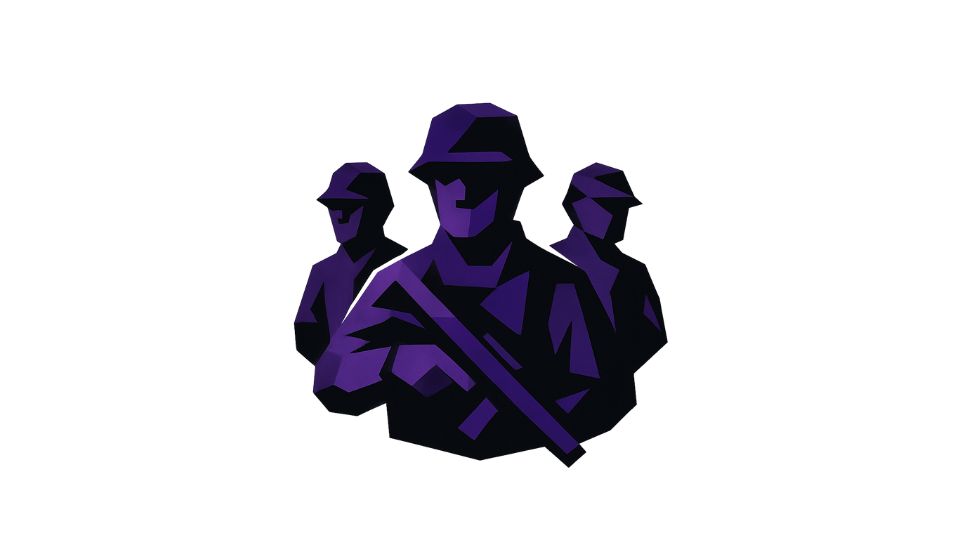A new Russian law empowering the call-up of military reservists for “special training” aimed at protecting critical infrastructure has sparked debate over its potential implications for the ongoing conflict in Ukraine. The legislation, detailed in a recent report by The Moscow Times, has led some observers to suggest it could serve as a mechanism for a “hidden mobilization,” bolstering forces without a formal decree. Others contend the measure is unlikely to significantly alter the military landscape.
The enactment of this law introduces a framework for reservists to undergo specific training, ostensibly to safeguard vital national assets. This move comes as Russia continues its full-scale invasion of Ukraine, and concerns have been raised about the scope and intent behind such a provision. While the stated purpose is defensive, analysts are closely examining whether it could subtly expand the pool of personnel available for deployment or support roles in the war effort.
According to The Moscow Times, the law delineates who these reservists are and the specific changes it introduces to their service obligations. Their potential roles are seen as crucial, particularly in the context of countering drone attacks that have increasingly targeted Russian infrastructure. This focus on defensive capabilities against modern threats suggests a strategic adaptation, yet it simultaneously provides a pathway for integrating trained individuals into a broader national security posture.
The divergent interpretations highlight the ambiguity inherent in the legislation. While one perspective suggests a potential for increasing military capacity under a different guise, another views it as a pragmatic adjustment to contemporary security challenges, such as the persistent threat of unmanned aerial vehicle incursions. The actual impact of the law will likely unfold as its implementation progresses, offering a clearer picture of Russia’s strategic intentions and the evolving dynamics of its military posture.

